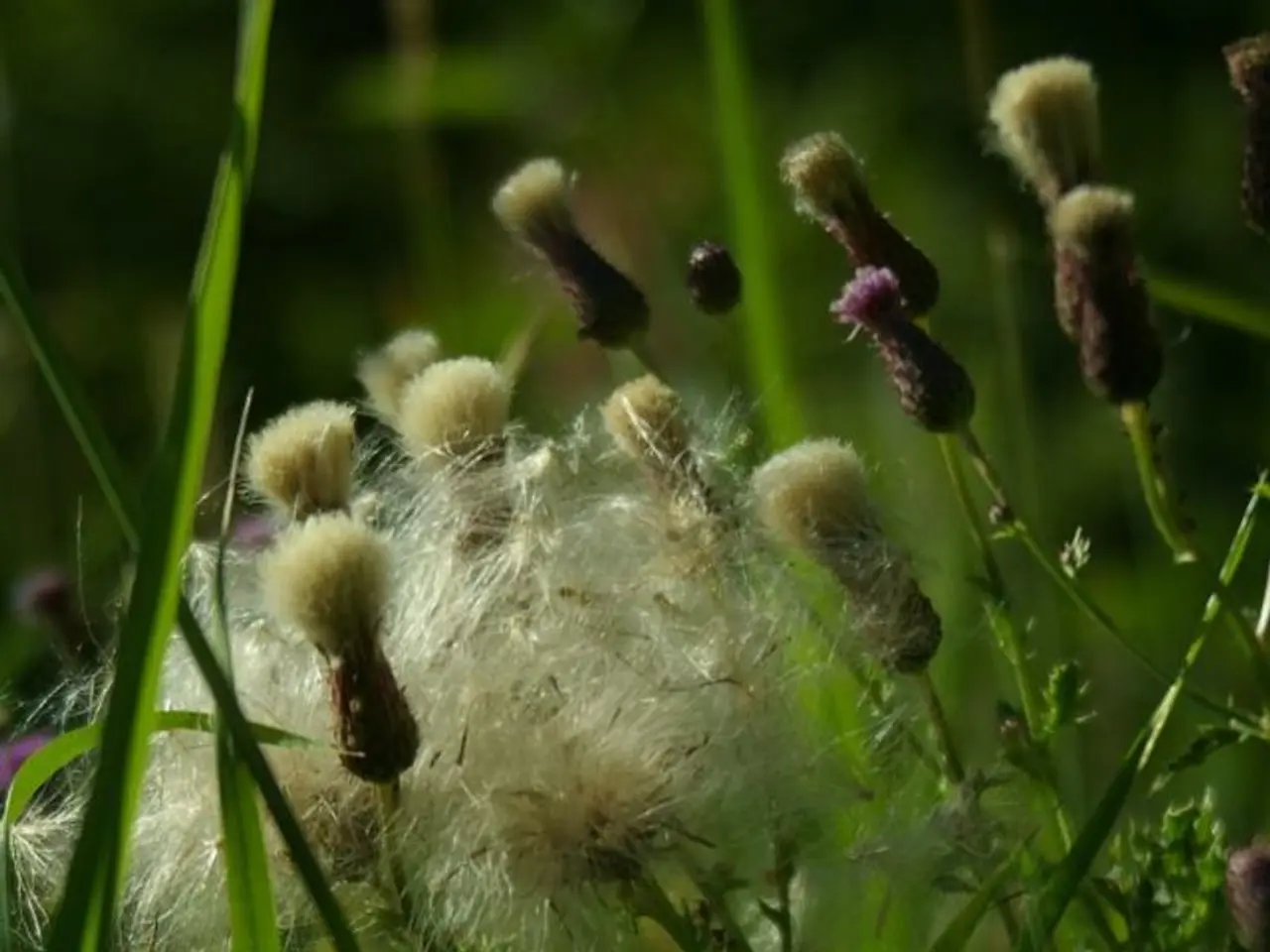Lack of sufficient organic farming operations: The reasons behind this shortage.
In the heart of Montana, Casey Bailey is embarking on a new journey, transforming his 5,000-acre farm to organic farming methods. This shift is part of a growing trend in organic agriculture, a movement that saw a significant increase in the US, with organic acreage rising by 20% between 2011 and 2018, totaling over 5 million acres of land.
The transition to organic farming can be a challenging proposition, especially financially. Farmers need to keep their land free of most chemicals for a full three years before they can be certified as organic. However, companies like Annie's and Costco Wholesale are stepping up to help farmers confront these challenges. Bailey has formed a partnership with Annie's, committing to buy more of his crops, while he experiments with different cultivation strategies across the farm to figure things out.
Casey Bailey is not alone in this transition. Bob Quinn, a farmer in Montana, started his organic farming journey in 1986 on a 4,000-acre farm. Quinn is now in the process of donating some of his land for a research center, possibly in partnership with the Rodale Institute.
The Rodale Institute, known for its long-running side-by-side experiment in organic and conventional agriculture, has shown that yields on organic plots can match or exceed conventional-crop yields, and perform even better during drought years. The Institute is looking to expand its geographic test sites, to showcase farmers successfully implementing strategies within their specific bioregion.
Earthbound Farms, one of the biggest organic growers in the country, has found that yields continue to increase over the years, with the longer a piece of land has been organic, the more fertile the soil becomes. This is a testament to the long-term benefits of organic farming.
However, managing organic farms can be labour-intensive. Alan Weisshaar, an Iowa farmer who was organic for about two decades but then switched to conventional methods, finds it hard to manage the labour demands of organic farming. This is a challenge that new organic farmers like Chad Fasteson, one of the farmers renting from Quinn, are learning to navigate.
The growth of organic agriculture is not just a response to environmental concerns, but also to market demands. The US organic food market surpassed $45 billion in sales in 2017, according to the Organic Trade Association. Companies like Annie's are committed to buying crops from growers before they embark on the organic transition, providing a place to sell organic crops.
Real estate development is another threat to farmland, particularly around urban areas. However, initiatives like the one by David Oien, founder of Timeless Seeds, are helping to counteract this trend. Oien sells heirloom varieties of grains and legumes that are good rotation crops for replenishing soil, and has seen a boom in demand in the last few years.
As more farmers transition to organic farming, it's clear that this is not just a passing trend, but a sustainable and viable way of agriculture. With the right support and strategies, large-scale organic farms can build diversity into what they do, as long as they have the people to manage it, according to Liz Carlisle, Stanford University lecturer and author. Bailey, for one, is observing signs of life in his soil, such as hyphae, worms, and spiders, a promising sign that his transition to organic farming is off to a good start.
Read also:
- The Distinction Between Sexual Identity and Gender Identity
- Symptoms, Prevention Strategies, and Management Methods for Measles
- Climate Change Impact Mitigation in Health: Reducing the Disparity of the Health Sector's Exposure to Climate Change Challenges
- Increased measles cases Approaching 1,500 in the United States, with a new case detected in the Chicago metropolitan area.





